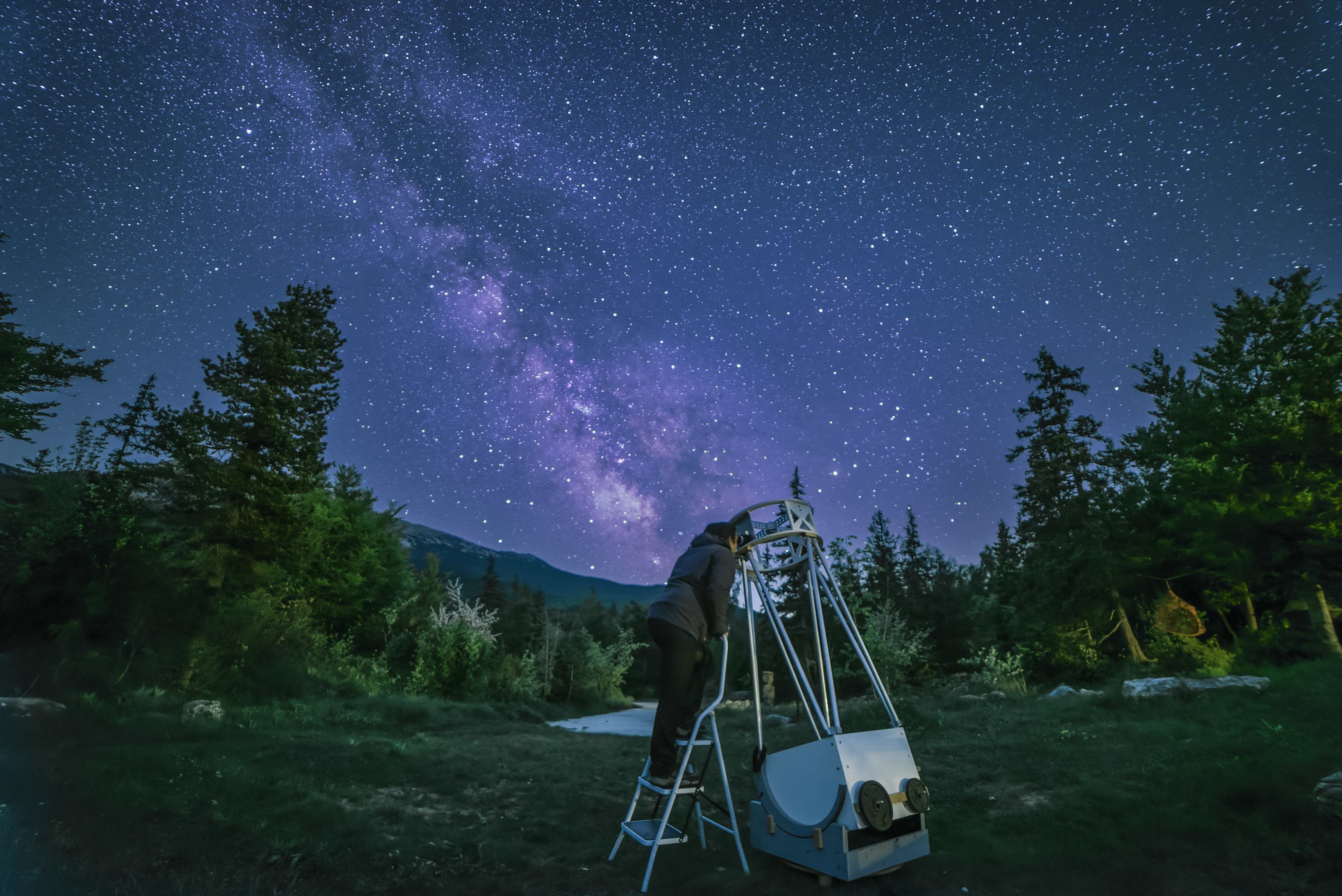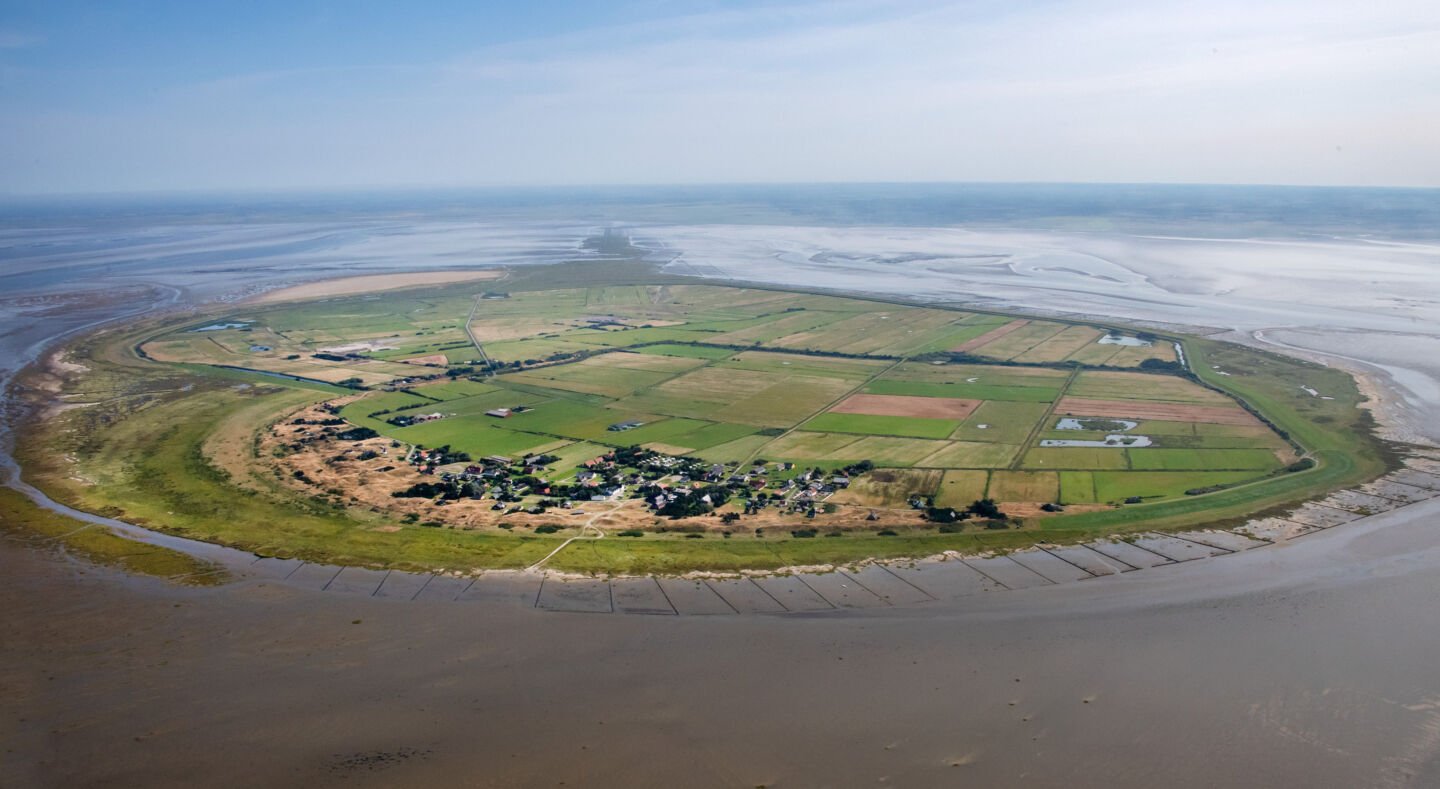
Vercors named fifth International Dark Sky Reserve in France

AUVERGNE-RHÔNE-ALPES REGION, FRANCE
The Regional Natural Park of Vercors has been designated as an International Dark Sky Reserve by DarkSky International. After 15 years of action by the Park, this recognition raises awareness of the need to reduce light pollution and renovate public lighting with its local authorities. The Park’s project brings together various initiatives to preserve biodiversity, increase public awareness, develop night-time tourism, and reduce energy consumption.
“International Dark Sky Reserve efforts are the largest and most complex of the International Dark Sky Place certification categories. This certification is the result of many years of hard work and dedication on the part of many collaborators including municipalities, associations, and energy syndicates, and demonstrates how these efforts can have a positive impact at a landscape scale”
The Vercors are a mountain range in the French Alps comprised of high plateaus. It has been classified as a Regional Natural Park for 50 years. The main activities in the area are tourism, agriculture, and forestry. The Vercors are well known for their role as a maquis in the Resistance during the Second World War.
The Vercors International Dark Sky Reserve stretches over the southern three-quarters of the Regional Natural Park, covering 1600 km2. It comprises 39 communes, including a core zone of 245 km2 made up of:
– The Hauts-Plateaux du Vercors National Nature Reserve (the largest nature land reserve in France)
– The sensitive natural areas of the Ambel and Font d’Urle plateaus
– The Natura 2000 site on the southern edge of the Vercors
Most of the core zone is located above 1,000 meters altitude and extends up to 2,341 meters, the highest point in the massif.
For the Park, the challenges of restoring the night are many. Biodiversity is particularly rich in the Vercors, and the Park has a national responsibility to preserve it. Bats and owls, which are abundant in the region’s caves and cliffs, are very sensitive to light disturbance. These two species, like many others, will benefit from the work carried out and to be carried out on the black frames. The starry sky is also a heritage to be further developed. Astrièves, our observatory, welcomes groups throughout the year to discover and understand the beauties of the night sky.
None of this would be possible without the technical support of the Drôme and Isère energy syndicates with whom we built a light managing plan to guide the use of outdoor lighting. These local organizations support municipalities in the renovation of their public lighting systems. Our technical partners, DarkSkyLab and Athena Lum, also contributed to the project in particular by measuring and modeling the lighting. A partnership on dark sky preservation has been set up with the main urban area near the Park (Metropolitan area of Grenoble) which has been integral in renovating lighting and reducing light pollution.
The Park of Vercors has made a special effort to monitor light pollution by installing continuous measuring devices (Ninox) throughout the area to show the high quality of the night sky. The mean zenith luminance in the core is about 21.5 mag/arcsec² with measures of. The 39 municipalities in the Reserve have signed a charter committing to improving public lighting
(4,000 light points) and to taking part in the joint project through education and outreach. The Park benefits from a very good network of tourism professionals who are also committed to developing the theme of the night.
“The middle mountain is at the forefront of the climate change impacts. It is high time for it to voluntarily commit to diversifying its activities and expanding its economic model. This asset, the quality of the night is an opportunity that we must seize,” stated Jacques Adenot, Park of Vercors President.
“Drôme Department supports this labeling project. It will continue to make its contribution in the interests of preserving biodiversity, reducing light pollution, and enhancing the sky and the night- time environment.” Marie-Pierre Mouton, President for the Drôme Departmental Council. The Park of Vercors will further develop its actions in favor of night-time preservation and intends to continue municipal lighting renovation projects, including the search for funding. Emphasis will be placed on developing a night-time tourism offer through training and support for professionals. We also need to step up awareness-raising campaigns for local residents, visitors and schoolchildren. The Park also plans to expand the area of the buffer zone to encompass all the Park’s communes in the future.
About the International Dark Sky Places Program
The International Dark Sky Places Program was founded in 2001 as a non-regulatory and voluntary program to encourage communities, parks, and protected areas around the world to preserve and protect dark sites through effective lighting policies, environmentally responsible outdoor lighting, and public education. When used indiscriminately, artificial light can disrupt ecosystems, impact human health, waste money and energy, contribute to climate change, and block our view and connection to the universe.
The International Dark Sky Reserve of Vercors now joins more than 200 places that have demonstrated robust community support for dark sky advocacy and strive to protect the night from light pollution. Learn more by visiting www.darksky.org/conservation/idsp.
About DarkSky International
The mission of DarkSky is to preserve and protect the nighttime environment and our heritage of dark skies through environmentally responsible outdoor lighting. Learn more at darksky.org.
Media Contacts
Emmanuel Jeanjean
Project manager, Natural Regional Park of Vercors
+33 (0) 687 77 20 42
[email protected]
Raphaële Bruyère
Communication manager, Natural Regional Park of Vercors
+33 (0) 685 03 49 79
[email protected]
Amber Harrison
Dark Sky Places Program Manager, DarkSky International
+1 (520) 347-6363
[email protected]



















